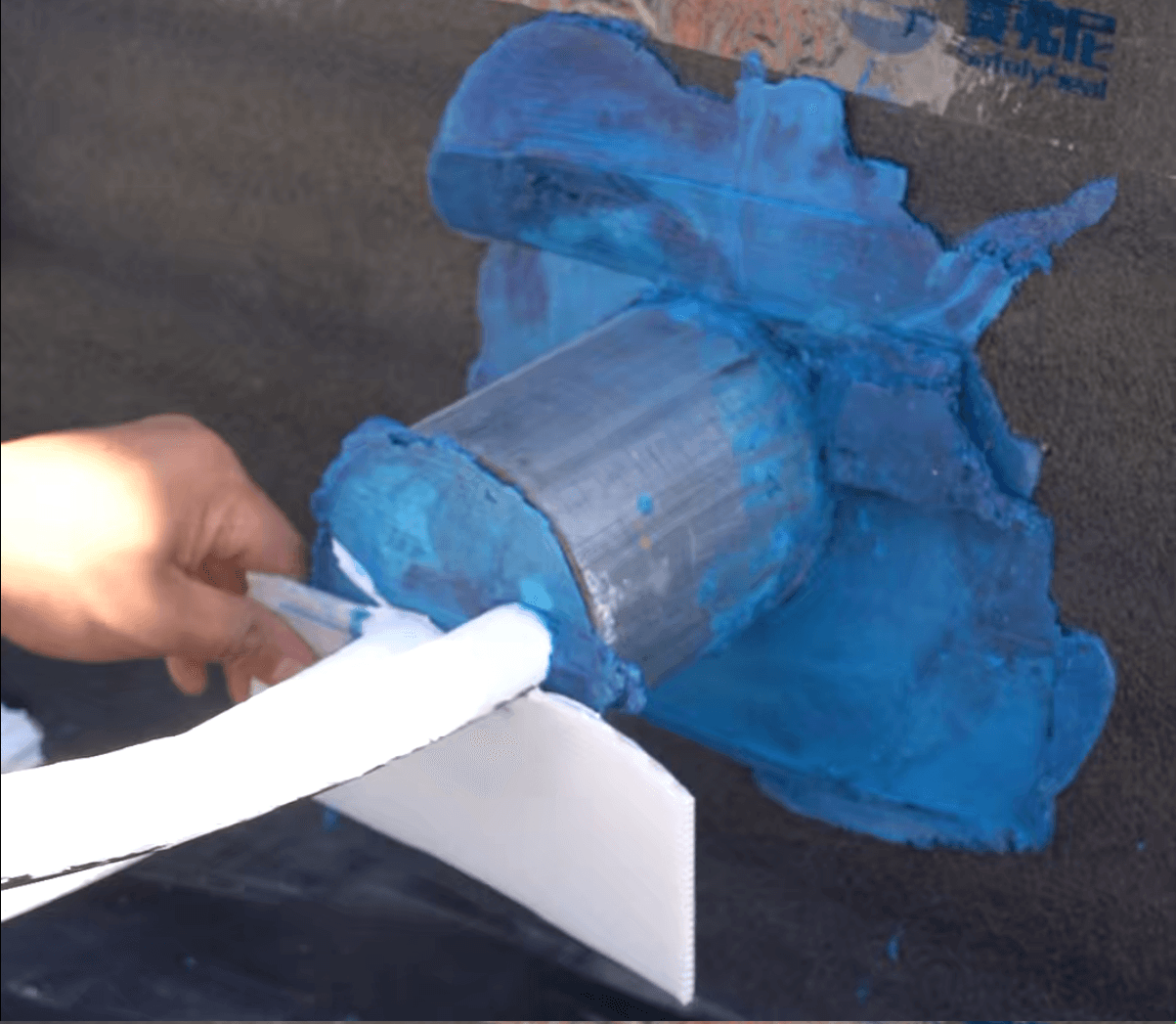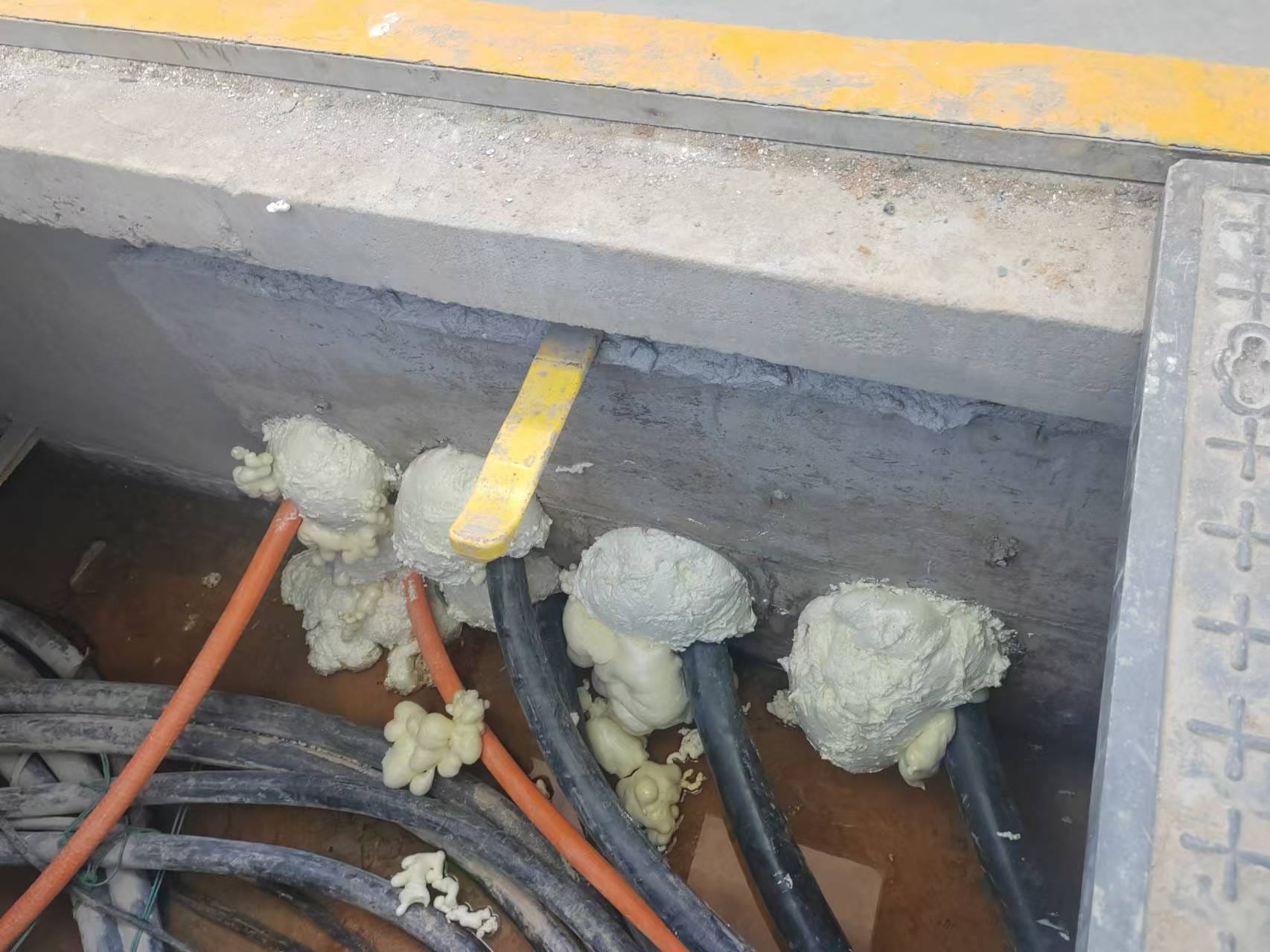Polyurethane foam usually dries in 24 hours, but the exact drying time can change. The foam’s density, humidity, temperature, and how thick you put it on all affect how long it takes to dry. If you put on a thin layer in perfect conditions, it might dry in 1 to 2 hours. If you put on a thick layer, it might take 24 hours or more to dry completely. You need to make sure the foam has enough time to harden and get as strong as it can.

1. Want to Speed Up or Slow Down the Curing Process?
You can control how long it takes for polyurethane foam to dry by controlling the temperature and humidity. Let’s talk about each of these things so you can get the drying time you want.
What factors affect the curing time of polyurethane foam?
There are a few things that will affect how long it takes for your polyurethane foam to cure. Temperature and humidity are two of the big ones. The warmer and more humid it is, the faster it will cure. The cooler and drier it is, the slower it will cure. The density of the foam will also affect how long it takes to cure. The thicker the foam, the longer it will take to cure.
How to accelerate curing?
If you want your foam to cure faster, you can increase the temperature or humidity in the room. You can also spray a little water on the foam to help it cure faster. The water will help the foam harden. If you want to get really fancy, you can use a heat lamp or a space heater to speed up the curing process. Just be careful not to get the foam too hot.
How do temperature and humidity specifically influence curing time?
If it’s warm (above 20°C or 68°F), your foam will cure in a few hours. If it’s really humid (above 50%), your foam will also cure faster. If it’s cold (below 10°C or 50°F) or not humid (below 30%), your foam will take longer to cure. It might take more than 24 hours to cure.
What happens if polyurethane foam is disturbed before it fully cures?
Don’t mess with the foam until it’s completely cured. If you do, you’ll end up with a lumpy surface, weaker foam, and it won’t stick to anything. Let the foam cure all the way before you touch it.
Does the type of polyurethane foam affect curing time?
Open-cell foam cures faster than closed-cell foam. Open-cell foam is less dense, so it cures faster. Closed-cell foam is denser, so it takes longer to cure.
2. What are the advantages of using SafelySeal fire&water resistant foam for rapid curing?
SafelySeal fire&water resistant foam cures fast, so you can start using the area you just sealed right away. This is great if you’re doing electrical work, construction, or emergency repairs. You don’t have to wait around for the foam to cure. You can start using the area right away.
3. What applications are ideal for using SafelySeal foam?
SafelySeal foam is great for quick sealing jobs. You can use it to quickly waterproof something, seal up a hole where a cable goes through, fill in a gap, or insulate something where you don’t want to wait around for the foam to cure. This is especially helpful if you’re doing electrical work, construction, or repairs.






